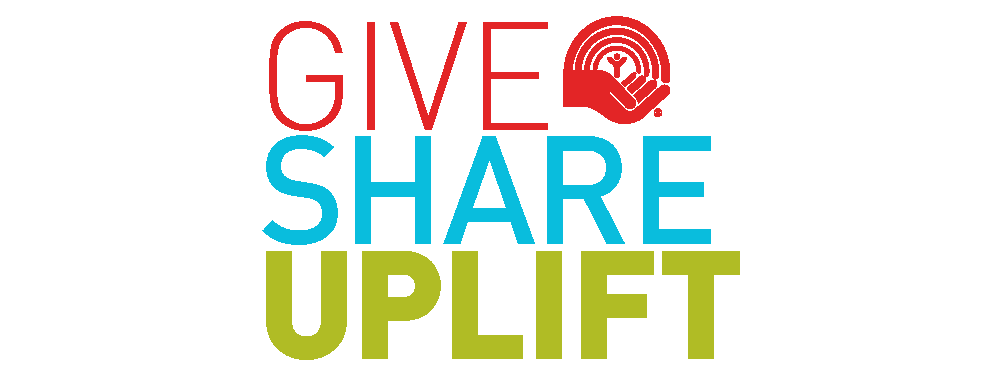
Those who study social problems know that how a society defines and understands a problem determines what it will do about that problem. The same is true for concepts and ideas more broadly. Indeed, words that many would consider to be synonyms are not actually so. For academics, who can spend years refining a topic, this can create certain challenges when sharing research with a wider audience. In my case, when people ask what I study I often say, "inequality and social policy," which isn't completely correct because I actually study "stratification and social policy." Although I shouldn't simplify things, I often use the term "inequality" when I don't have time to explain what "stratification" is. Today, however, I want to remedy this by taking the time to explain what stratification is, how it differs from inequality, and why this distinction matters for policy.
My students should be able to tell you that stratification refers to systematic and structured inequality across groups in the access to scarce resources, opportunities, and rewards. Stratification does not refer to inequality that occurs at random or because of bad luck. It's not about inequality as experienced by only individual persons. It refers to the inequalities that are built into our institutions, our systems of governance, and our daily lives. Stratification involves the hierarchical ordering of social arrangements across socially differentiated groups.
Stratification is a tougher topic than inequality for most to digest. When we locate inequality within structures we also have to acknowledge that we do not live within the meritocracy that we have been raised to believe in. In a stratified system, not everyone is born with the same opportunities. Members of some groups have to work much harder to advance than others, and members of many groups receive benefits not available to all. Sociological research confirms the dominance of such a system in Canada, the United States, and around the world.
The consequences of stratification are readily apparent in the continuing education, employment, health, and wealth disparities across groups in Canada. However, just citing these disparities is not enough. Here, we must also focus on the mechanisms and structures that disadvantage some groups and advantage others. These structures are rooted within a history of colonialism and racial subjugation. They are tied to a gendered division of labor that still primarily leaves childcare responsibilities to women. They are encompassed within ideologies, such as racism, sexism, ageism, ableism, and heterosexism, that endure precisely because they benefit certain groups. To connect this to post-secondary education, these structures support a system that champions higher education as the best way to get ahead, but doesn't provide enough support for students from lower-income backgrounds to get that education without going into debt.
Let's talk about some of those policies. My current research examines wealth inequality across groups and over time. Wealth in Canada is highly concentrated, much more than income. About 67% of total wealth is controlled by the top 20% of households, and it has been this way for a long time. Even though little has changed over the past fifteen years in terms of this broader distribution, the average net worth for the wealthiest households has increased substantially, but groups closer to the bottom of the distribution have seen few gains in their average wealth levels. Wealth inequality across groups, especially among those with different levels of education, is also growing. These trends are tied to labor market standing, as well as policy choices and institutional practices at the national and provincial levels.
This occurs in part because certain structures support the concentration of wealth in Canada. Our wealth building programs like RRSPs, TFSAs, and mortgage deductions tend to benefit middle- and upper-class families with extra money to put aside, while other policies that include asset limits as part of means testing for social assistance programs work to further disadvantage low-income families. As a result, these policies do little to reduce wealth disparities. And, this is just one of many examples for how structures and policies with the goal of helping groups build resources can function in a way that leads in the opposite direction of their stated aims.
If we, as a society, want to do something about the ever-present uneven outcomes and the inequalities in opportunities and resources that plague certain groups, we need to address stratification, the structures that maintain it, and the ideologies that justify it. This means doing more than just donating money and supporting charities. It means actively engaging yourself in policy and politics. It means using your voice and your privilege to support groups who don't always have the opportunity to be heard. It means focusing on stratification, not just inequality.

The University of Alberta's United WayThe University of Alberta's United Way fundraising campaign runs from October 11-27, 2017. To learn more about how your can give, share, and uplift the community through your participation visit the U of A's United Way website.give, share, and uplift the community through your participation visit the U of A's United Way website.
Michelle Maroto - Assistant Professor, Department of Sociology, Faculty of Arts

Michelle Maroto is an Assistant Professor in the Sociology Department at the University of Alberta, which she joined in 2012 after receiving her PhD from the University of Washington. Her teaching and research interests center on social stratification and extend to areas of gender and family, race and ethnicity, criminology, economic sociology, labor and credit markets, and disability studies.
Her recent projects have focused on the causes and consequences of bankruptcy, wealth disparities in the United States and Canada, the effects of incarceration on wealth, and labor market outcomes for people with different types of disabilities. These projects bring together her broader interests in processes of economic insecurity and cumulative disadvantage, both of which flow across areas and through households. Papers from these projects appear in journals that include Social Forces, Gender & Society, the Journal of Quantitative Criminology, and Research in Social Stratification and Mobility. Please see michellemaroto.com for more details.
References
Banting, Keith, and John Myles. 2013. Inequality and the Fading of Redistributive Politics. UBC Press.
Fortin, Nicole, David A. Green, Thomas Lemieux, Kevin Milligan, and W. Craig Riddell. 2012. "Canadian Inequality: Recent Developments and Policy Options." Canadian Public Policy 38(2): 121-45. doi:10.3138/ cpp.38.2.121.
Grabb, Edward, Jeffrey G. Reitz, and Monica Hwang. 2017. Social Inequality in Canada: Dimensions of Disadvantage, 6th Ed. Oxford University Press. http://www.oupcanada.com/catalog/9780199020942.html
Maroto, Michelle Lee. 2016. "Fifteen Years of Wealth Disparities in Canada: New Trends or Simply the Status Quo?" Canadian Public Policy 42(2):152-167. doi:10.3138/cpp.2015-040
Massey, Douglas S. 2008. Categorically Unequal: The American Stratification System. Russell Sage Foundation. https://www.russellsage.org/publications/categorically-unequal-1
McQuaig, Linda, and Neil Brooks. 2011. The Trouble with Billionaires. Penguin Canada. https://penguinrandomhouse.ca/books/392081/trouble-billionaires#9780143174547
Porter, John. 1965. The Vertical Mosaic: An Analysis of Class and Power in Canada. University of Toronto Press. http://www.utppublishing.com/The-Vertical-Mosaic-An-Analysis-of-Social-Class-and-Power-in-Canada-50th-Anniversary-Edition.html
Statistics Canada. 2017. "Table 477-0068 - National Graduates Survey, Student Debt from all Sources, by Province and Level of Study." http://www5.statcan.gc.ca/cansim/a26?lang=eng&retrLang=eng&id=4770068&&pattern=&stByVal=1&p1=1&p2=-1&tabMode=dataTable&csid=
Therborn, Göran. 2013. The Killing Fields of Inequality. Polity. http://ca.wiley.com/WileyCDA/WileyTitle/productCd-0745662587.html
Western, Bruce, Deirdre Bloome, Benjamin Sosnaud, and Laura Tach. 2012. "Economic Insecurity and Social Stratification." Annual Review of Sociology 38(1) 341-359. doi:10.1146/annurev-soc-071811-145434